Suche
Company locations
The whole picture – with just a single click. Find out here where our branches are located, what services they offer and how to contact them.
REMONDIS Group locations
Discover the world of REMONDIS with its approx. 900 branches and associated companies in over 30 countries across Europe, Africa, Asia and Australia.
One project, two teams
BUCHEN UmweltService and BUCHEN-ICS
In three process steps, the experts from BUCHEN cleaned a tank with high-percentage nitric acid and safely disposed of the chemical substance
A specialty chemicals company recently wanted to decommission one of its tanks and replace it with smaller containers. Not a big deal in itself. However, the aluminium tank still contained 300 litres of nitric acid with a concentration of 99 per cent, which had to be removed before it could be dismantled. Together with BUCHEN, a safe, environmentally friendly and economical solution was developed. An undertaking that took several months due to the extremely high safety requirements.
Nitric acid (HNO3) is one of the most important basic materials in the chemical industry. For example, is used
- for separating gold and silver
- for pickling and firing metals
- for the production of celluloid, nitrocellulose lacquers and rocket propellants
- for nitration of organic substances in the production of dyes, remedies, disinfectants or explosives

Professional process planning in a team
BUCHEN experts with a chemical-technical background developed the process concept for the residual emptying of the tank, including neutralisation of the nitric acid. To ensure an ideal procedure, they combined three processes that build on each other:
Three steps to the goal
With expertise in various industrial cleaning processes and comprehensive equipment, BUCHEN can implement the best possible individual solution for every application. The BUCHEN specialists mastered the cleaning of the nitric acid tank in three process steps:

Tank degassing
For evaporation, the nitric acid inside the tank, which was about 10 degrees warm, was heated by warm air. Two water jet pumps with performance rates of up to 4,800 litres per hour pumped off the gases produced and fed them into a neutralisation tank working with caustic soda. The internal temperature was permanently monitored by infrared measurement. To ensure that no gas escaped, the BUCHEN experts used an exhaust air scrubber. After the tank degassing was completed, around 220 litres of nitric acid had already been removed, which corresponds to about three quarters of the original total quantity.

Surge flushing
To dilute the remaining acid, BUCHEN used the surge flushing method. Within a short time window, water was selectively fed into the nitric acid tank, controlled via a flow meter that was switched on and with continuous monitoring of the internal tank temperature. Since nitric acid reacts with water, this was a challenging step that BUCHEN had previously tried and tested in the laboratory. Gases produced were purified via a second gas scrubber; the highly diluted acid was passed over the neutralisation tank together with the water from the surge rinsing.

Internal cleaning with high-pressure water technology
After the surge rinsing, the final cleaning started using high-pressure water technology. A tank washing head cleaned the inner walls of the tank, whereby the cleaning water was also pumped into the neutralisation tank during this work step. In addition to the inside of the tank, BUCHEN also rinsed all of the tank's pipe connections and nozzles.
In parallel, employees of the special chemicals company planned the customer's preliminary work, for example, the emptying of pipes, as well as the integration of BUCHEN's operational services into the usual site processes. To ensure close coordination and seamless cooperation, the partners formed a working group that met regularly. In addition, a detailed risk assessment was prepared. It considered all conceivable risks, including a possible general power failure during the emptying work.

Nitric acid is always tricky and such a high percentage is anything but a standard acid. You need a great deal of competence and knowledge to find the most suitable way at this level of difficulty.
Thomas Burkart
Head of Waste Management South, BUCHEN UmweltService
BUCHEN needed only a short time for the concrete implementation of the demanding project in a three-shift operation. Thanks to the precisely selected and meticulously planned procedure, the nitric acid tank was completely cleaned within just under two weeks, including the disposal of the neutralised acid. Nothing more stood in the way of dismantling the tank and using its location on the site of the specialty chemicals company for another purpose.



